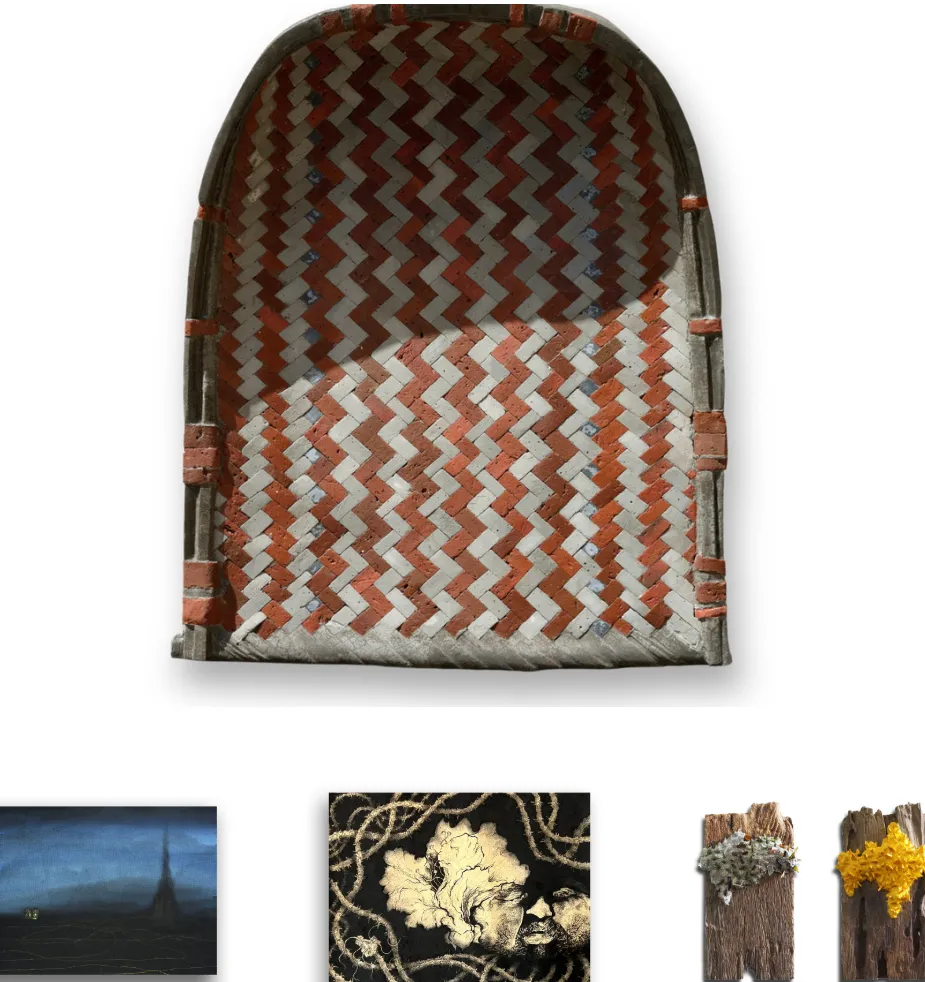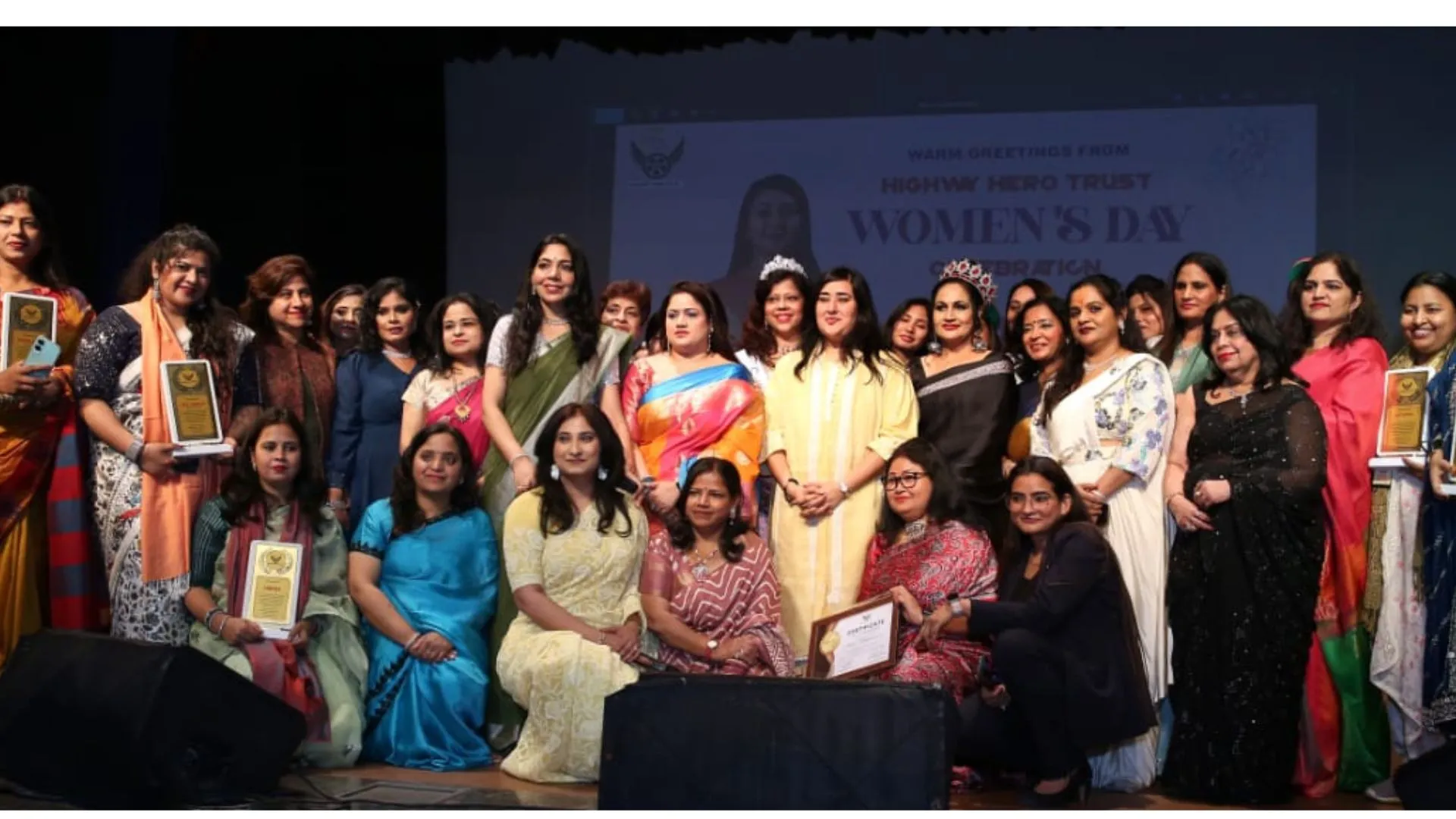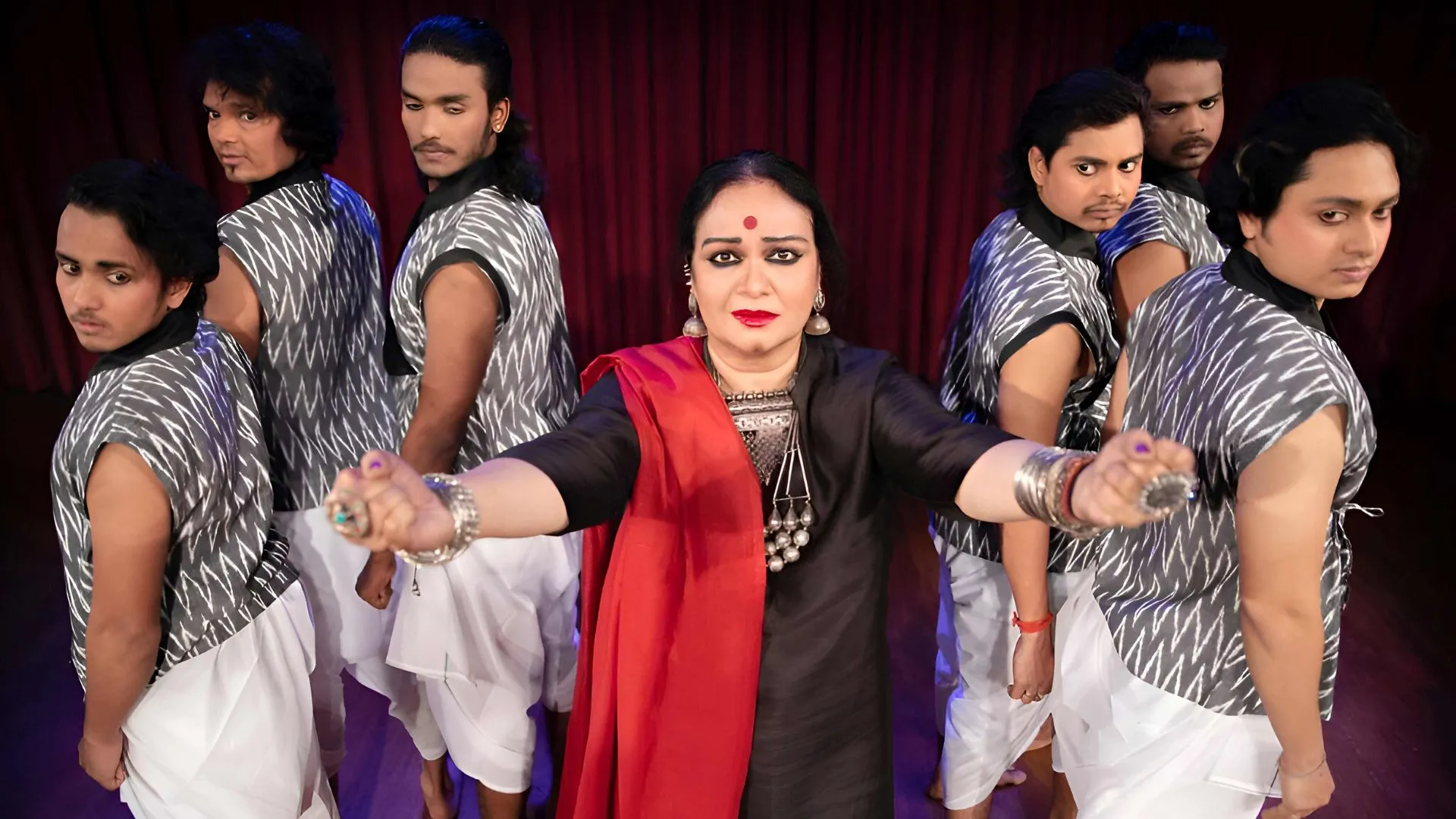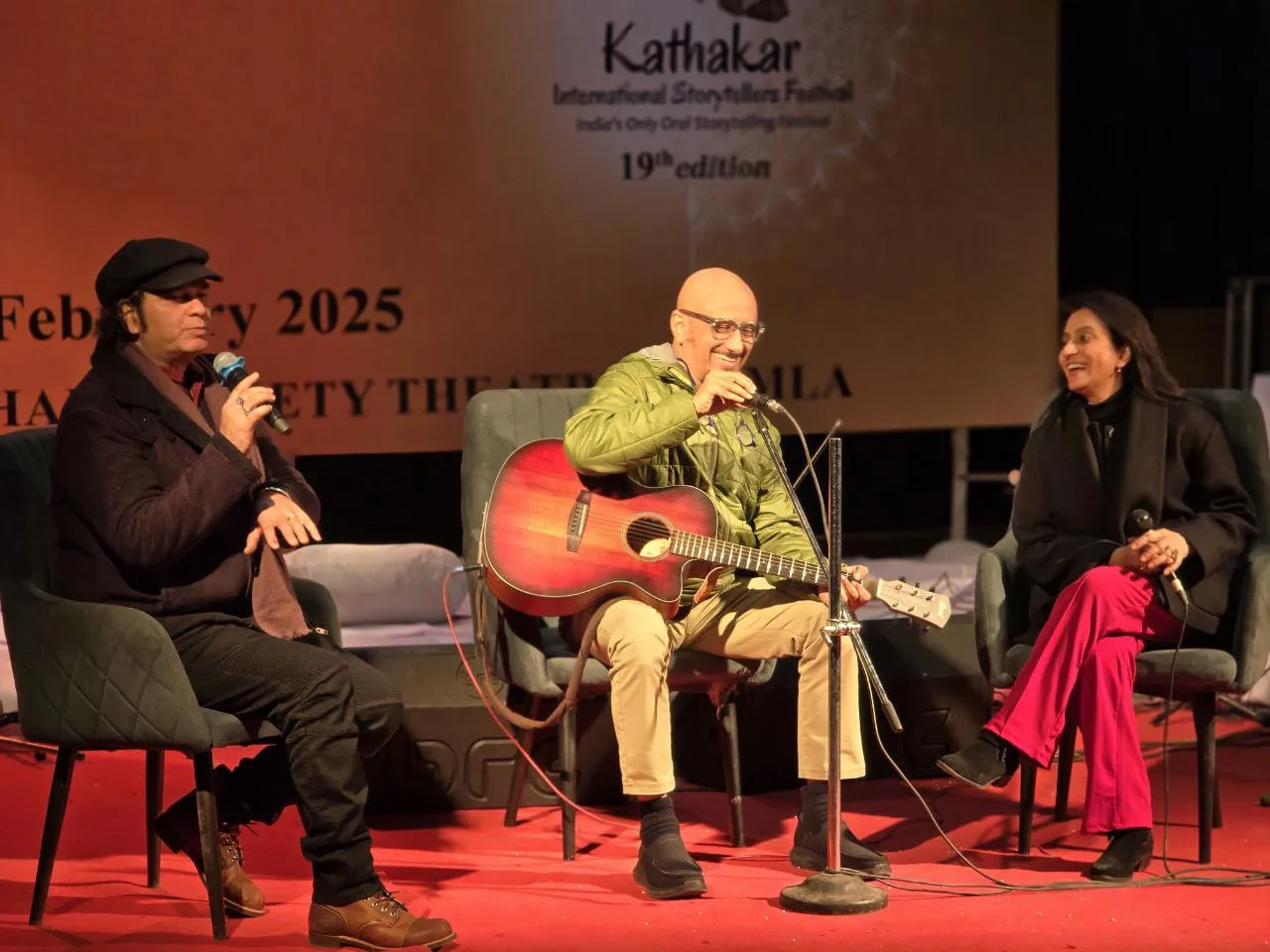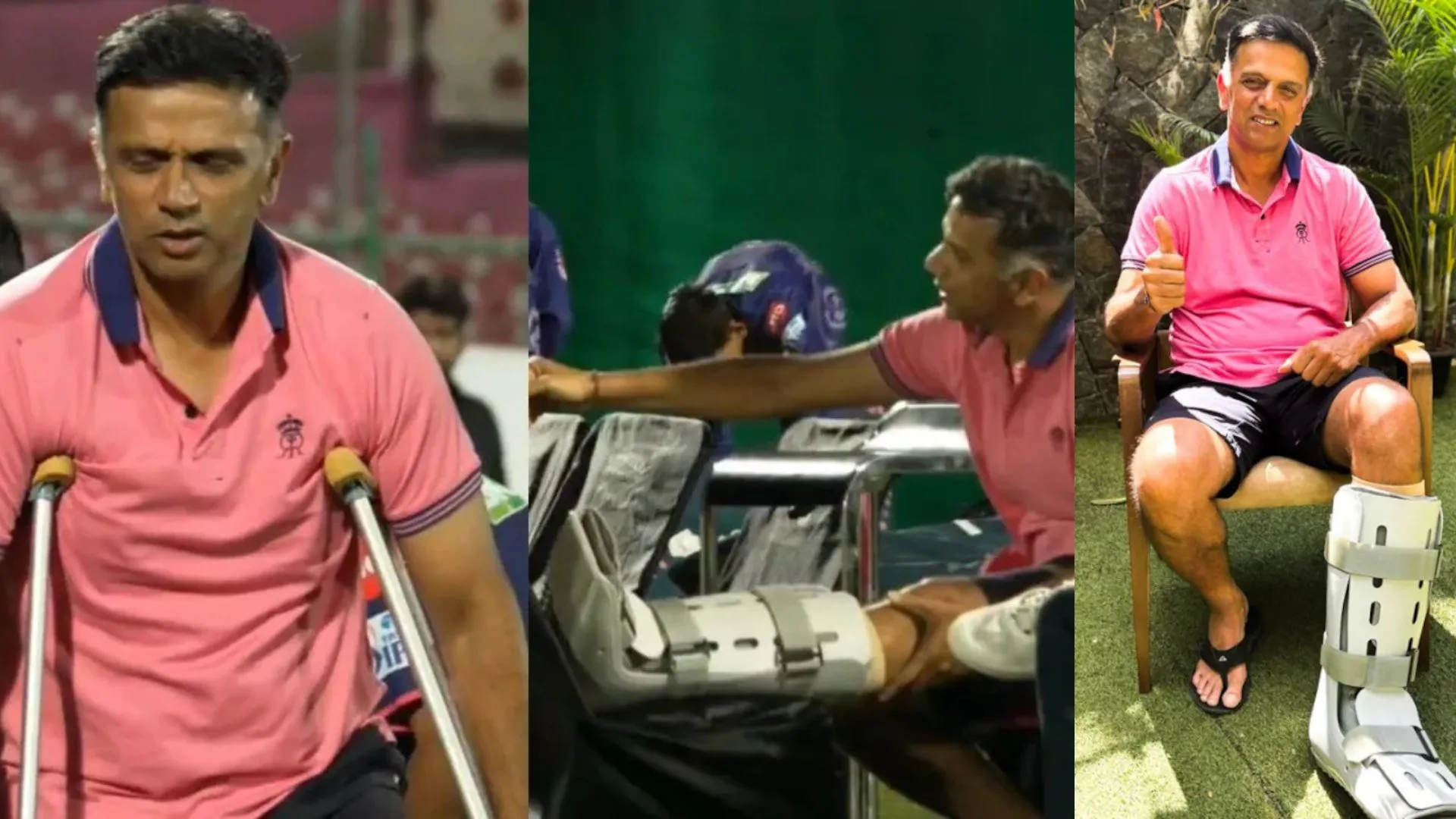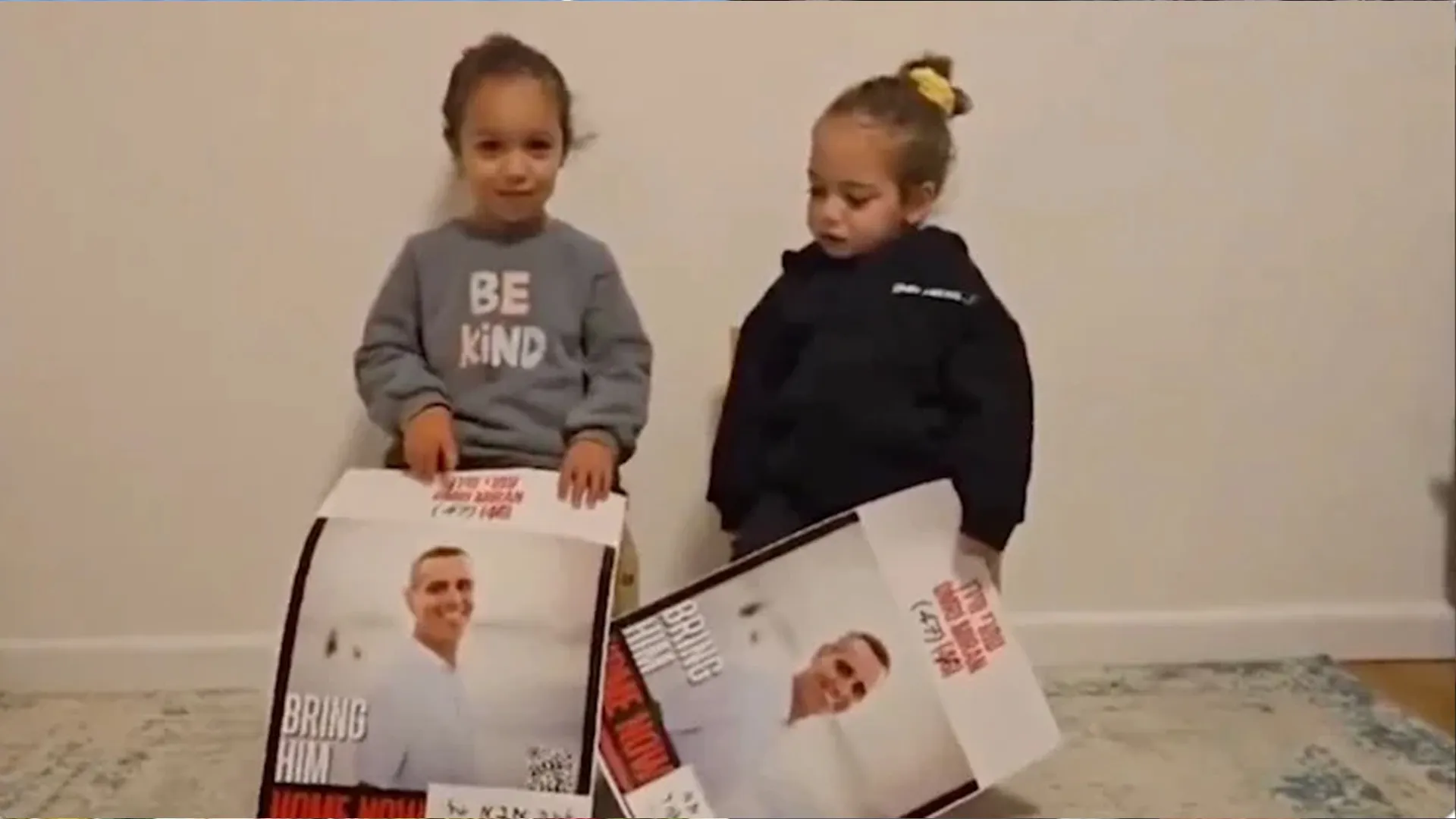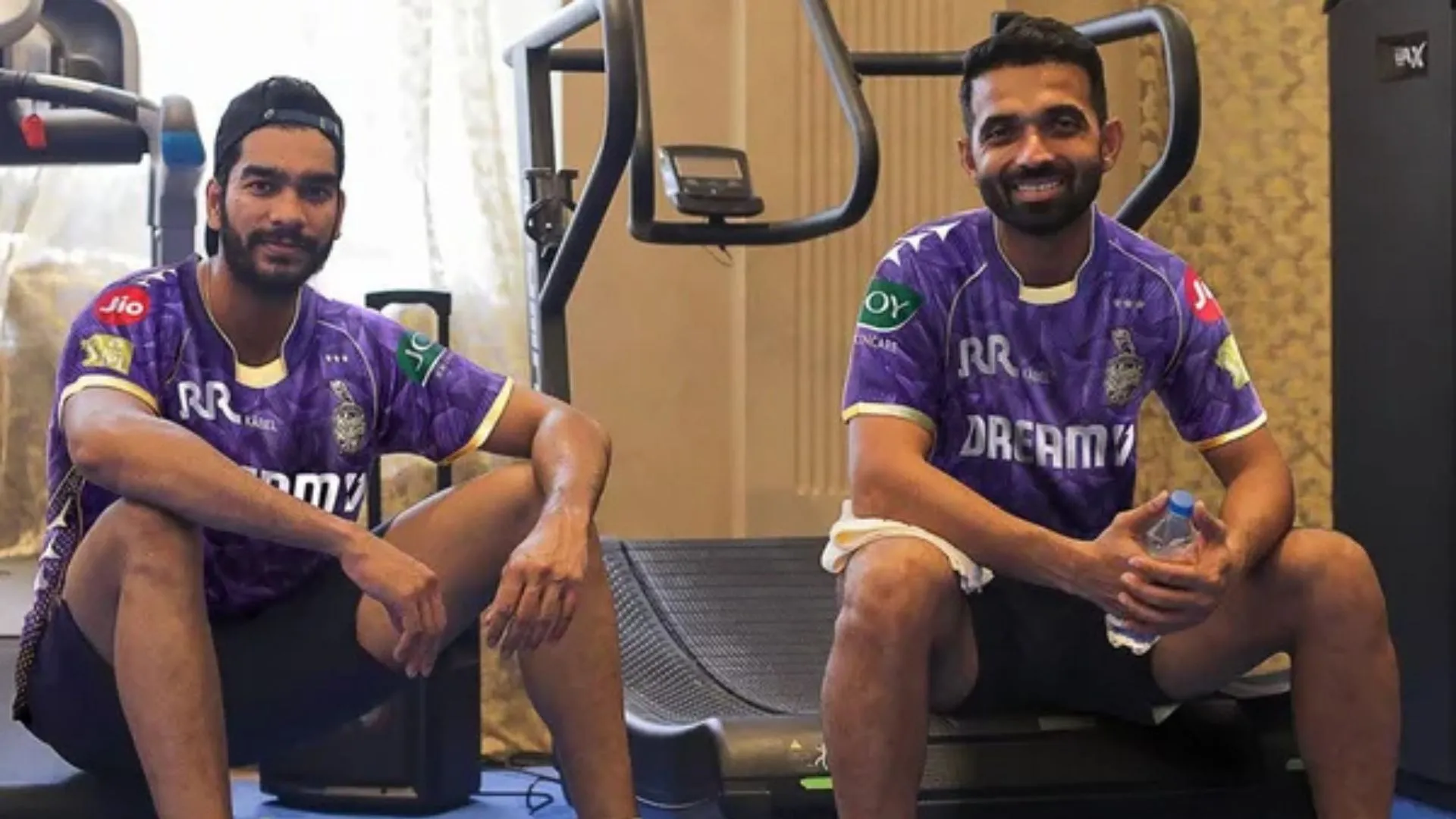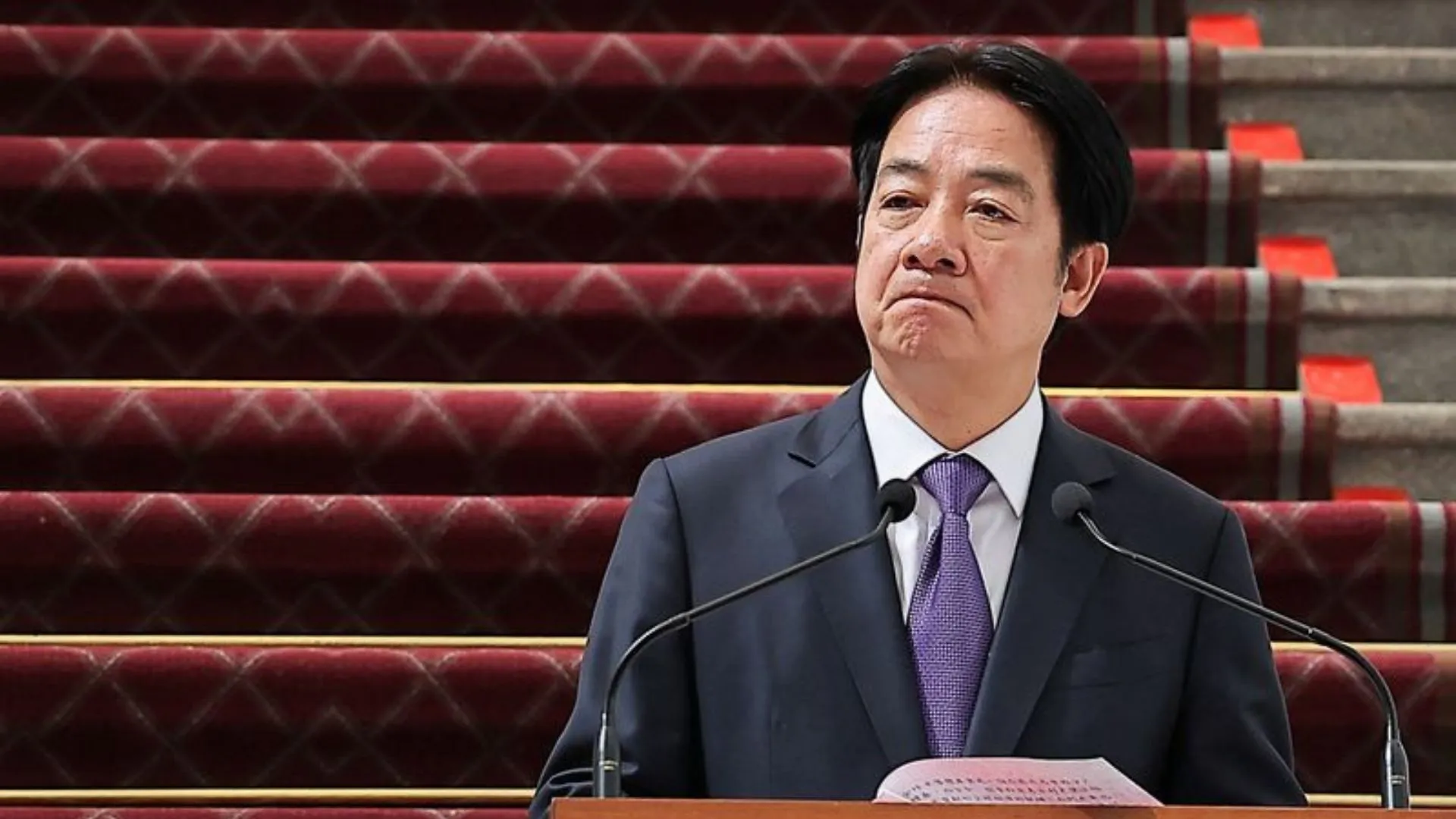“Cinema is the single greatest cultural discipline of India”- Neville Tuli, Founder & President -The Tuli Research Centre for India Studies (T.R.I.S.) tells Namrata Kohli in an exclusive conversation in the backdrop of his recent exhibition “The World’s Greatest Mela – Respecting India’s Cinematic Heritage” at India Habitat Centre, New Delhi. A curated collection of 400,000 items from Indian cinema including rare film posters, vintage booklets, hand painted artworks, promotional material, original publications were showcased on themes ranging from The Silent Era, The Kapoors- First Family of Cinema, The Devdas Legacy – From Barua to Bimal to Bhansali, Mughal-e-Azam, Cinematic-Chemistry- from Raj-Nargis to Hema-Dharmendra. Student groups from various educational institutions visited the exhibition and enjoyed learning about history of Indian cinema.
Excerpts
How do you look at Indian cinema and its impact on Indian culture?
Cinema is the single greatest cultural discipline of India which has taken on the role of entertainment, art, box office, glamour, intellectual debate. But it hasn’t yet taken on the role as the source of education. And if you can be learning with text, visual, audio- all moving together, you will see the energy change. Cinema gives you a multisensory experience. And when your emotional intelligence merges with the aesthetic, the intellectual, the literary, you’ve the best chance to learn. Every subject in the world must allow cinema’s voice to be part of their educational framework. Everything that India has tried to tackle in the last 120 years, cinema has been encapsulated here in some form or the other.
Your cine-exhibition is all about posters of films of the yore. How do these capture the essence of those movies and convey that slice of history?
The films are gone and frankly no one has the patience to sit through 3 hours of a 1950s film, but these artworks capture the moment and the energy of that moment. For example, when students come to Mughal-e-azam wall and I put on that great Qawwali, and start my narration, it has huge impact. Over fifteen schools and colleges have come and I find the children transformed after the experience. Today we have


